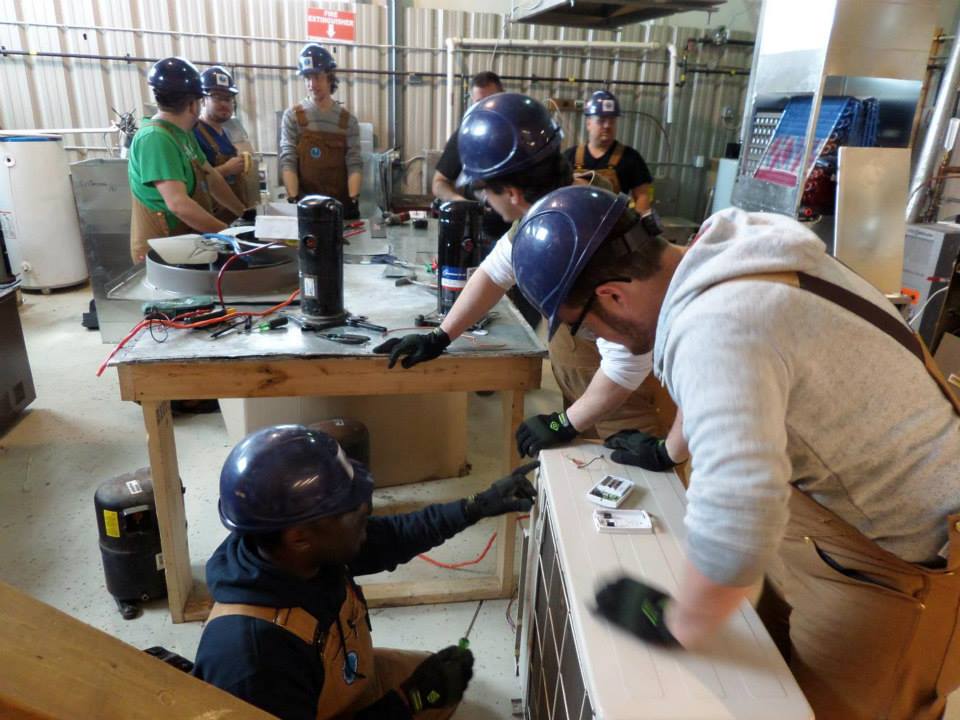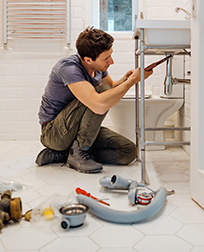Premier Plumber Alabaster AL Ready to Offer You Anytime
Premier Plumber Alabaster AL Ready to Offer You Anytime
Blog Article
A Step-by-Step Overview to Efficient Water Heater Installation for Optimal Efficiency
Embarking on the job of mounting a water heater is a venture that demands accuracy and a methodical approach for accomplishing ideal performance. As you proceed, the intricacies of attaching water supply lines and setting up reputable electrical or gas connections await, appealing insights right into guaranteeing performance and reliability.
Choosing the Right Hot Water Heater

Following, think about the size and capability of the hot water heater. It's crucial to assess your home's warm water needs, which can differ based on the variety of occupants and their usage patterns. A device that's as well little might cause not enough warm water, while an oversized design might result in unneeded power usage.
Effectiveness rankings likewise play an essential duty in choice. Seek water heating systems with high Energy Aspect (EF) scores, suggesting exceptional performance and minimized power usage. Tankless versions, though generally extra costly ahead of time, offer considerable power cost savings with time as a result of their on-demand heating capacities.
Preparing the Setup Area
Prior to mounting a brand-new hot water heater, precise prep work of the installation location is essential. This makes certain a smooth setup procedure and assists protect against future issues (Plumber Alabaster AL). Begin by selecting an ideal place that adheres to regional building codes and safety and security criteria. The area must be dry, well-ventilated, and easily accessible for maintenance. It's crucial to gauge the space thoroughly to suit the water heating unit's measurements, ensuring sufficient clearance around the device for efficient operation and maintenance.
Following, eliminate any particles, dust, or blockages from the site to create a tidy atmosphere. Check the flooring for security, as the hot water heater will require a solid, degree surface area to operate successfully. If necessary, install a drip pan under the system to catch potential leaks or spills, protecting against water damages to the surrounding area. In regions prone to seismic activity, consider mounting seismic bands to safeguard the heating system strongly in area.
Additionally, make sure that all necessary tools and products get on hand before beginning the installment. This consists of products such as wrenches, screwdrivers, a level, and any extra hardware needed for safeguarding the heating unit and installing. A well-prepared installment area sets the foundation for a successful water heating unit arrangement, optimizing performance and safety.
Connecting Water Lines
When linking supply of water lines to your recently set up water heating unit, it is important to ensure that all connections are safe and secure and leak-free to keep effective procedure and prevent water damages. Begin by recognizing the cool and warm water system lines. The chilly water inlet is normally noted with a blue tag or a "C", while the warm water outlet is noted with a red label or an "H".
Use adaptable water heating unit connectors to assist in a simpler installation process. These ports can absorb resonance and enable small activity, lowering the risk of leaks. Prior to attaching the connectors, position a plumber's tape around the threaded ends of the hot water heater's inlet and outlet pipelines - Plumbing Alabaster AL. This tape works as a sealant, avoiding leaks. Thoroughly attach the adaptable hose pipes to the corresponding inlet and outlet, guaranteeing that they are not over-tightened yet tight, which might damage the strings.
Once connections are in place, gradually switch on the primary water valve. Examine each connection for leakages by aesthetically inspecting and feeling for moisture. Tighten links as necessary, and make certain the stress relief valve is appropriately installed, safeguarding against excessive stress build-up.
Establishing Electrical or Gas Connections
Properly setting up the electrical or gas connections for your water heating unit is a critical step to ensure reliable and secure operation. For electrical water heating systems, begin by verifying that the electrical circuit is compatible with the heating unit's voltage and Check Out Your URL amperage requirements.
For gas water heating units, security is paramount. Attach the gas line to the water heating unit utilizing an adaptable gas adapter, guaranteeing it is correctly threaded and secured with pipe joint substance or Teflon tape ideal for gas connections.
When links are made, evaluate for any kind of possible leaks. For gas lines, apply a soapy water remedy to the joints; bubbles indicate a leak. For electric connections, verify that all wiring is protected and properly shielded, preserving conformity with local electrical codes.
Testing and Readjusting for Efficiency
With the electrical and gas links firmly in location, the next step is reviewing the functional performance of your water heater. Begin by thoroughly switching on the water and guaranteeing there check my reference are no leakages at any of the valves or joints. As soon as verified, continue to load the storage tank, paying interest to the pressure and temperature setups. It is a good idea to establish the thermostat to a suggested temperature level of around 120 ° F(49 ° C) to balance energy efficiency and convenience.
Next, carry out a thorough evaluation to guarantee the burner or burner are working correctly. For electric heaters, use a multimeter to verify if the elements are drawing the appropriate current. In gas versions, observe the burner flame; it must be steady and blue, showing efficient burning.
Adjust the setups as needed to remove inadequacies. Consider implementing insulation actions, such as adding a hot water heater covering, to better boost performance by minimizing warm loss. In addition, examine the anode pole's condition, as a scrubby rod can reduce efficiency and lead to container rust.
Verdict
Efficient water heater installation is critical for guaranteeing ideal performance and energy cost savings. By picking the appropriate kind and size, and carefully preparing the setup area, a structure for success is established. Safely linking water system lines and thoroughly establishing up electrical or gas links reduce possible problems. Extensive testing for leaks and specific thermostat modifications to 120 ° F boost dependability and effectiveness. Complying with these steps advertises lasting functionality and energy conservation in household water heating unit.

Appropriately establishing up the electrical or gas links for your water heating system is a critical action to ensure secure and efficient procedure. For electrical water heating units, start by confirming that the electrical circuit is suitable with the heating system's voltage and amperage demands. Connect the gas line to the water heating unit using a flexible gas port, ensuring it is correctly threaded and sealed with pipeline joint compound or Teflon tape ideal for gas links.
Report this page